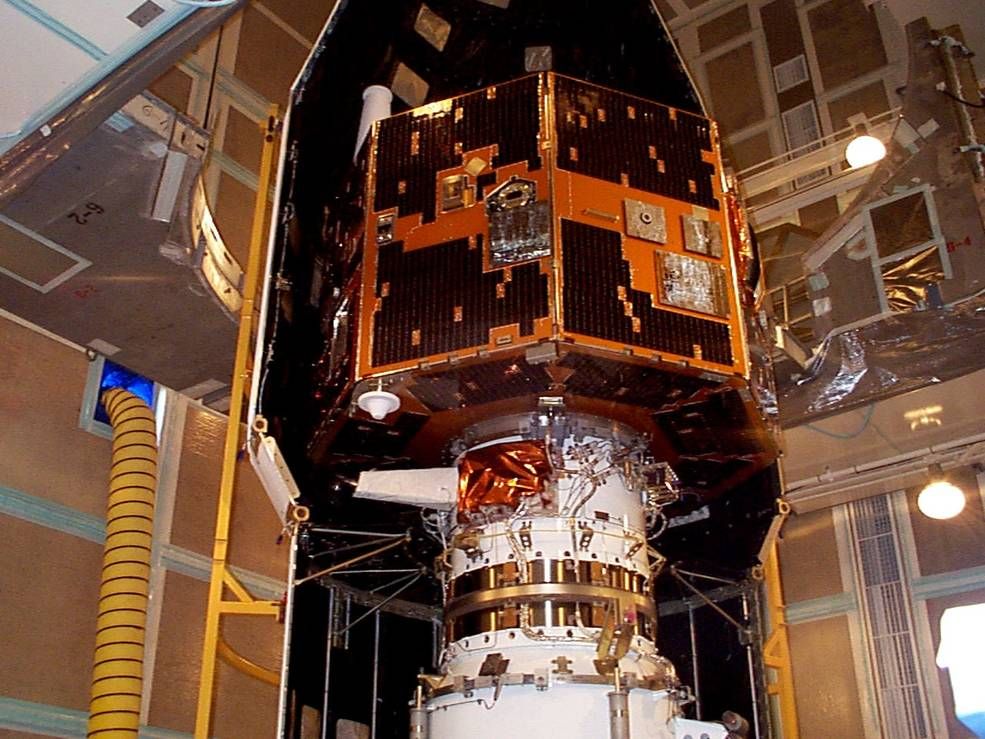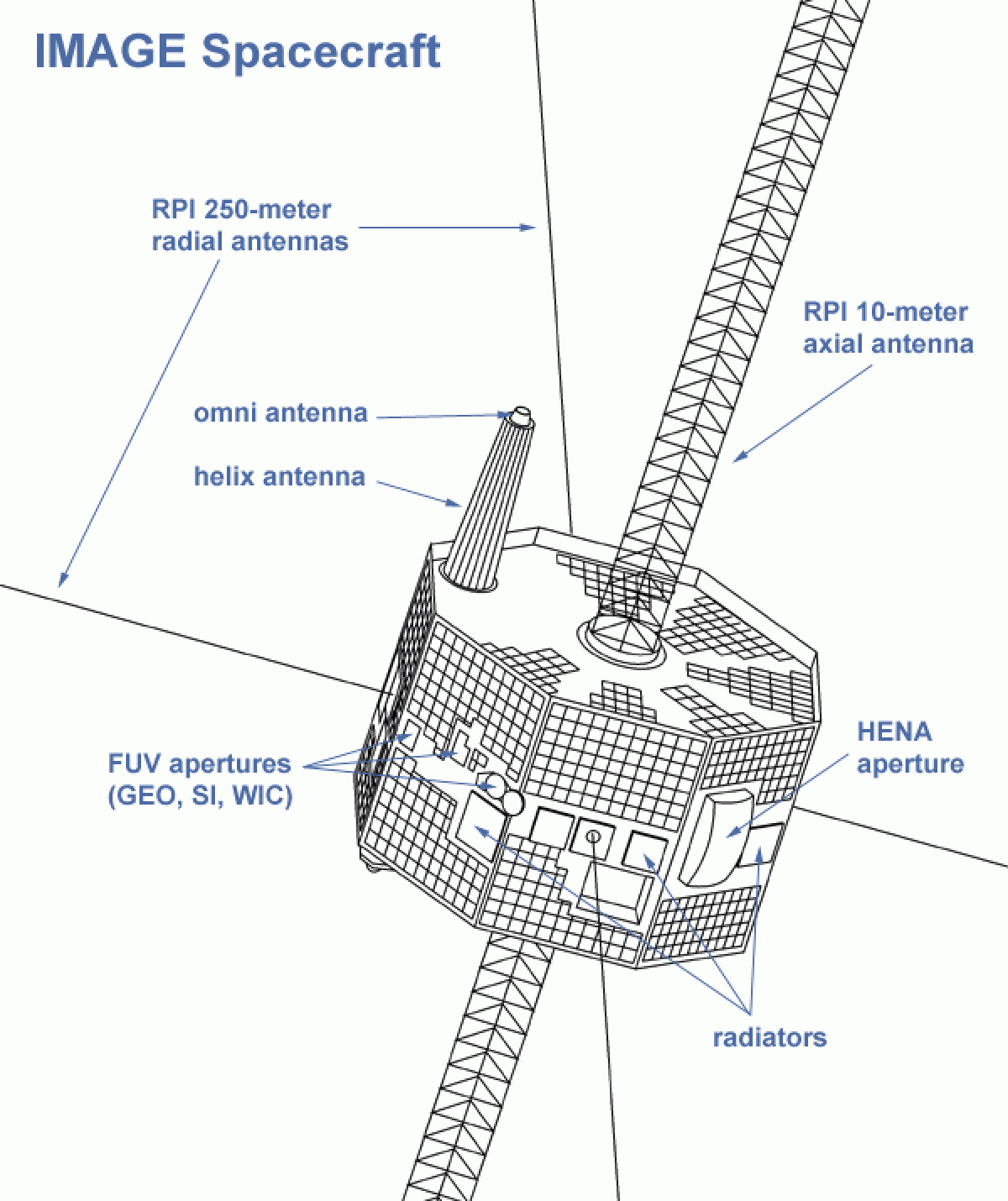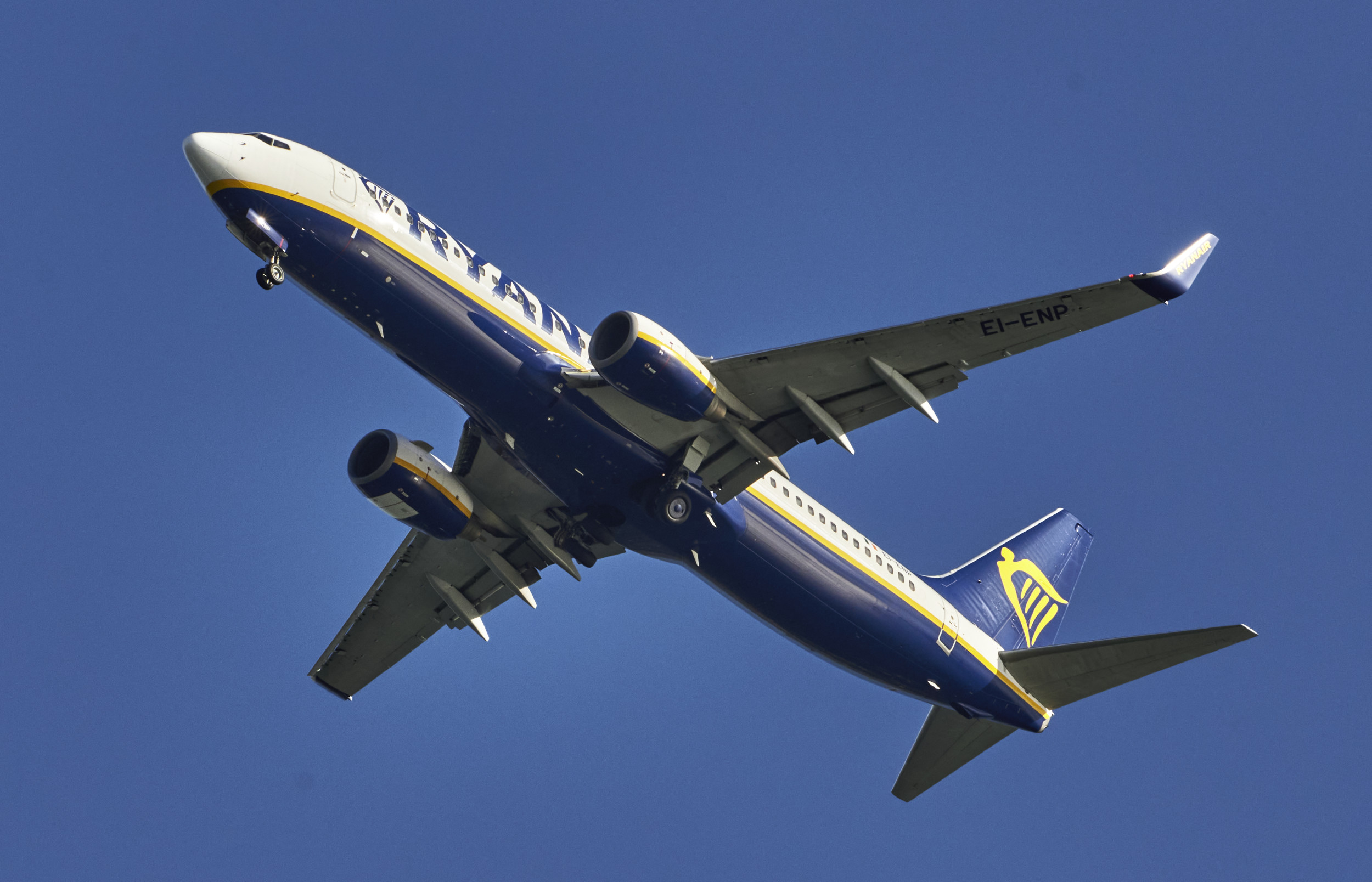
NASA is attempting to contact a satellite it lost over a decade ago after it was apparently discovered by an amateur astronomer earlier this month—and the craft could still be operational.
In mid-January, satellite hunter Scott Tilley was combing the skies for the mysterious Zuma spacecraft. The secret billion-dollar payload was reported missing, and astronomers looked to the skies in search of it. Hunting for the classified craft, he noticed a signal from a satellite called "2000-017A." Tilley detailed his discovery online.
Instead of finding Zuma, he had stumbled upon a zombie.
The label 2000-017A matched NASA's long-lost IMAGE satellite. Launched in 2000, NASA lost contact with the craft in 2005. A one-time event seemed to have tripped a power controller, causing the satellite to fail. NASA's final report stated it might one day be possible for the controller to reset and for IMAGE to rise from the dead.
"The odds are extremely good that it's alive," Patricia Reiff, a space plasma physicist at Rice University, Houston, and co-investigator on the mission, told Science. "The team is collectively holding their breath waiting for some real information exchange between IMAGE and the ground."
NASA attempts contact
NASA can't be sure just yet that Tilley's signals are really from IMAGE. Jeff Hayes, a heliophysics scientist at NASA's headquarters in Washington, D.C., told AmericaSpace: "We're still not sure it really is IMAGE, but we are working to identify people knowledgeable about the mission after all this time and working on getting all the appropriate scripts and software in place just in case it is IMAGE."
On Friday, NASA announced it was attempting to make contact once again.

NASA's Imager for Magnetopause-to-Aurora Global Exploration (IMAGE) satellite was designed to study the impact of magnetic storms. It used sophisticated instruments to track the Earth's vast magnetosphere, improving scientists' understanding of solar storms and Earth's magnetic field.
Space weather is still important to NASA. Just last week the agency sent the GOLD instrument into space to observe the boundary between space and Earth's atmosphere. This could help scientists understand how space and Earth weather interefere with communications.
IMAGE may still be functional
Signals suggest at least some IMAGE instruments could still be functional, Science reports. This kind of technology has never really been replaced.
Reiff explained: "It is really invaluable for now-casting space weather and really understanding the global response of the magnetosphere to solar storms." The idea IMAGE might once again be online, she added, is thrilling.
Uncommon Knowledge
Newsweek is committed to challenging conventional wisdom and finding connections in the search for common ground.
Newsweek is committed to challenging conventional wisdom and finding connections in the search for common ground.
About the writer
Katherine Hignett is a reporter based in London. She currently covers current affairs, health and science. Prior to joining Newsweek ... Read more
To read how Newsweek uses AI as a newsroom tool, Click here.








